Nanjing Wuhan-the only trip in 2021
Say this: The epidemic that began at the end of 19 disrupted peaceful life. Originally, I had to travel once or twice a year, but this year, my father encountered problems with surgery and work, but it was not settled by the end of October. In early November, I finally got the annual leave. However, at this time, the weather in the northern cities that I had originally planned to visit was no longer suitable to go. In addition, the epidemic in Shaanxi, Henan, and Gansu was relatively serious at that time, so I dared not go. Finally, we decided on two cities along the Yangtze River, Wuhan and Nanjing, which we had visited but wanted to visit again.
This time I spent a total of 8 days with my mother. Because my father had just had an operation and was relatively old, I didn't take him this time according to the doctor's advice. When he came back, he told me that he regretted it and still wanted to go with my mother and me. I promised him that my family would go on a trip, but now the epidemic has rebounded again, and all places are strictly guarded. People like us who earn national wages are being regulated like something. We don't know how long it will be for the next trip.
-------------------------------------------The following is the official travel notes, to be more precise, the running account
Day1: November 7, depart for Wuhan
I booked a high-speed train from G406 to Wuhan, and the planned arrival time was after 3 p.m., so my original plan was to go to the hotel to rest first after arriving, then go to Wuchang River Beach to see the Yangtze River Bridge and the night view, then go to Hubu Lane, and check in for snacks. As a result, the train accidentally broke down in Hunan, resulting in the time to Wuhan being 1 hour later than expected. It was already more than 5 o'clock after getting off the high-speed train to the hotel. This time, I booked the Hanting Wuhan Fuxing Road Subway Station Store during the three-day stay in Wuhan. Chain brands. The products are good and the prices are cheap. I just went to Hubu Lane to rest at the hotel.


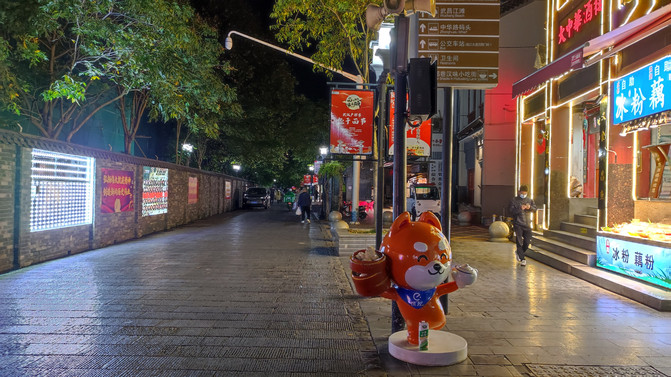

Day2: November 8, Guqin Terrace, East Lake, Goode Temple, Optics Valley
Guqin Terrace, Yellow Crane Tower and Qingchuan Pavilion are known as the three major scenic spots in Wuhan. The Yellow Crane Tower and Qingchuan Pavilion have been visited last time, and this time I went to Guqin Terrace.
Guqin Terrace is located at the foot of Guishan Mountain, close to Yuehu Park. It is a scenic spot introduced with the theme of meeting friends in high mountains and flowing water, and is open for free.



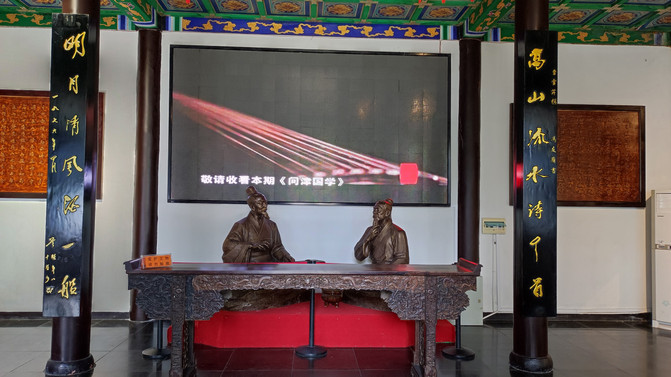
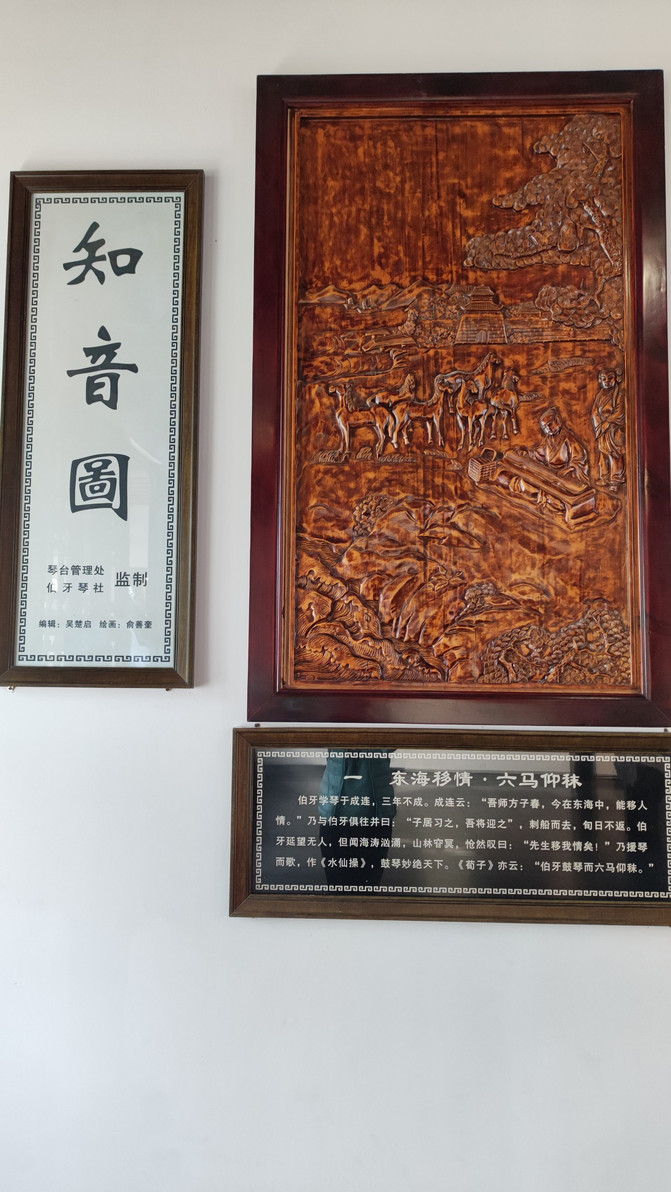













Guqin Terrace is not big, so I can rest while shopping. One hour is almost enough. From Guqin Terrace, we took the bus to Goode Temple. By the way, when I travel to every city, except for special circumstances, I generally like to take the bus and subway. On the one hand, it is still because the salary is not high. On the other hand, I have always felt that a city's public transportation system is an important part of the city's public services, which can be seen in the city's urban construction. Anyway, Goode Temple should have been built in the late Qing Dynasty. It can be seen that it integrates many European architectural styles.



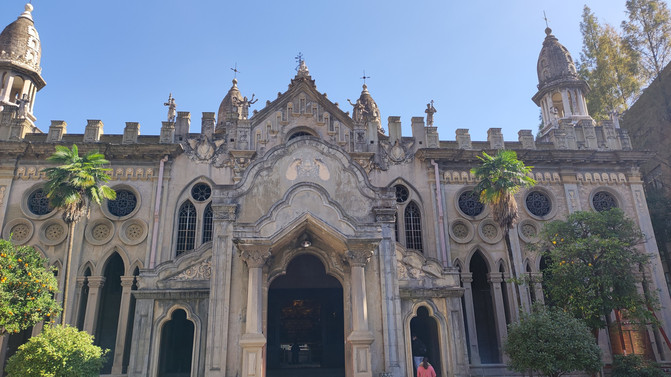

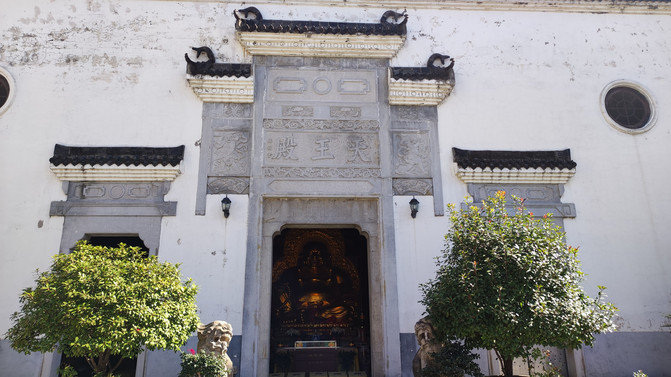



We took a few photos and continued to take the bus to East Lake. The last time I came to East Lake, I went to the Tingtao Scenic Area this time. I sat by the lake in a daze and walked along the lake.



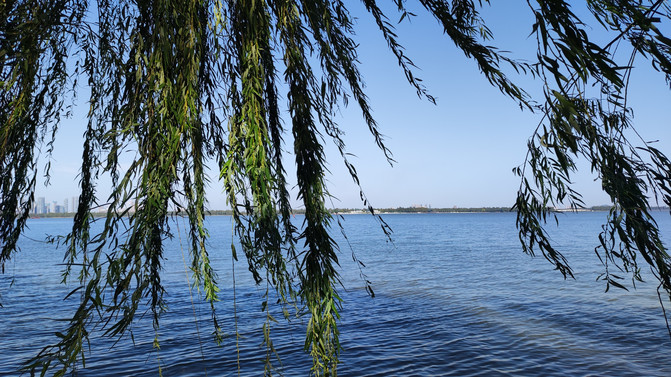

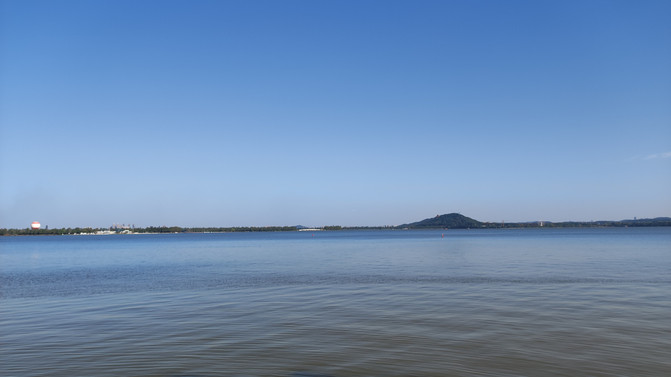








When the East Lake came out, the sky began to get dark. Wuhan's geographical location is relatively east, and it gets dark earlier than ours. It's just time to go to the Optics Valley Pedestrian Street.




I feel that this is a pedestrian street with good lighting and hierarchical consumption levels. The environment is also quite good. I took a few photos casually and went back to rest at the end of the day.
Day3: November 9, Panlongcheng National Archaeological Site Park, Hankou River Beach
Today, I went to the Panlongcheng National Archaeological Site Park in Huangpi District. This is a site park built based on the Panlongcheng Site, a site dating back 3500 years. It is mainly a museum and a site area. Due to work reasons, I want to visit all the built site parks in cities.

















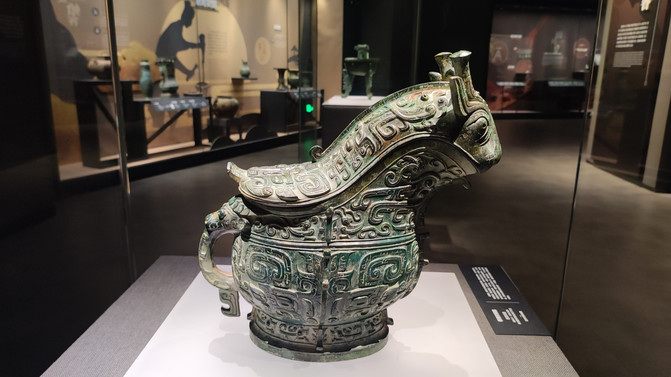

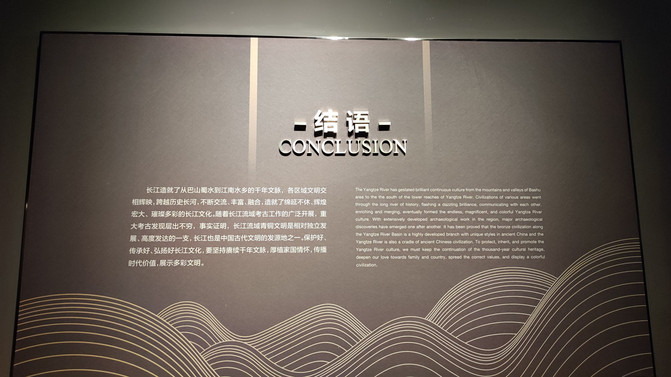

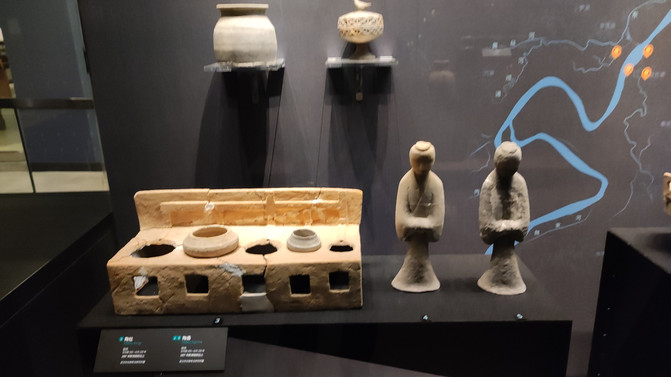

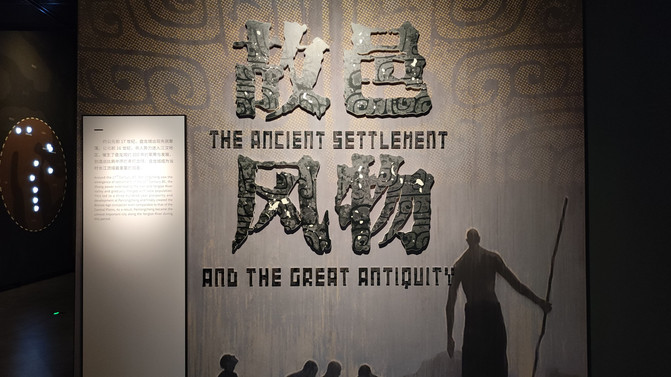











After visiting the museum, at around 11 o'clock, the sun was high. My mother and I also lay down on the lawn and looked at the blue sky like children on an outing. Hahaha. After 12 o'clock, we took the subway to Jianghan Road. We wanted to find some local specialties to eat, but after shopping for a long time, we found it unsatisfactory. In the end, we founded a chain fast food. After lunch, we walked to Hankou River Beach and sat on the Yangtze River. Empty air on the banks of the Yangtze River. Perhaps because the city where I live does not have large rivers, I have always longed for cities with large seas and rivers, and even tourist cities have to consider this.
After sitting by the river for a long time, it was dark before we returned to the hotel, and the day ended like this.

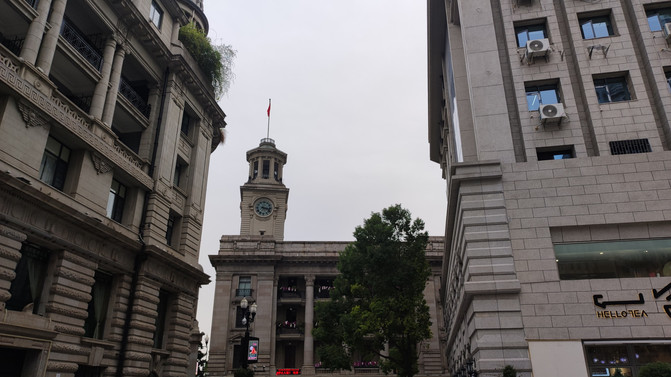









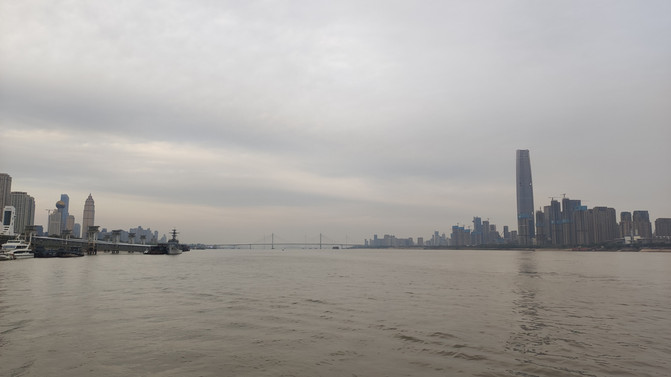
Day4: November 10, the Communist Party of China Discipline Construction Exhibition Hall, the former site of the Central Committee of the Communist Party of China, the Crossing of the Yangtze River Museum, and the Battle of Nanjing, the Confucius Temple at the Qinhuai River Night View
When we got up this morning, we all traveled light and had no luggage. We checked out and set out directly. 2021 is the 100th anniversary of the founding of the Communist Party of China. This is an important moment in the history of the Communist Party of China and also in the history of China. The study and education of party history have also reached this time. Climbing, although I am not a party member, I am still a little excited, so I arranged a red tour on the last day in Wuhan.


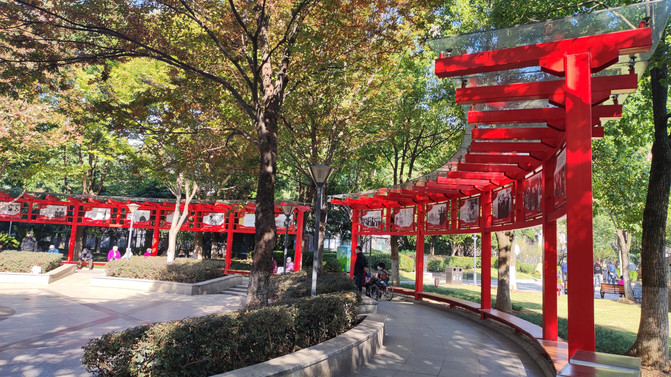



The first stop is the Communist Party of China Discipline Construction Exhibition Hall, which is not too far from where we live, so we chose to walk there. This exhibition hall mainly introduces the discipline construction work of the Communist Party of China from its founding to the present. It contains discussions on discipline inspection and supervision work by previous party and state leaders, and introduces shocking cases of high-level cadres violating disciplines and laws in different periods. It is a good base for clean government education.




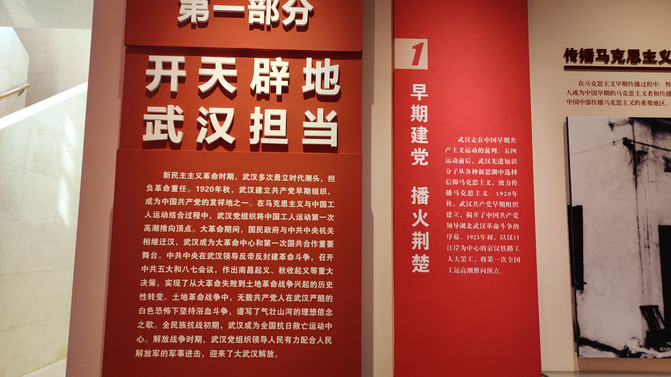





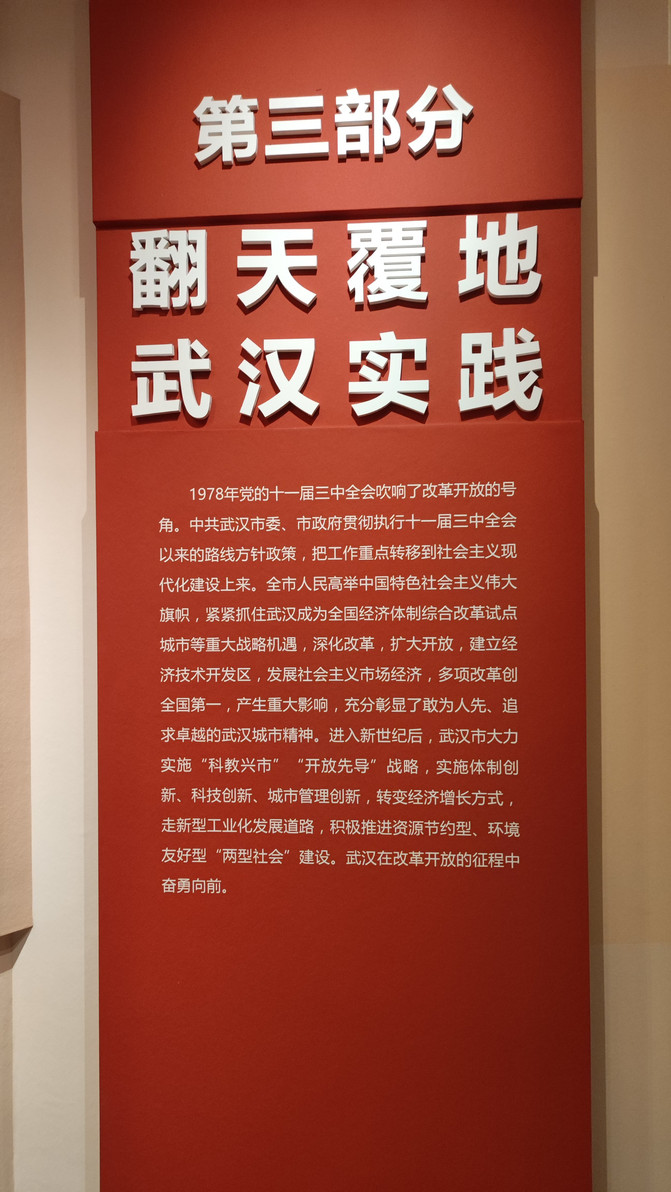









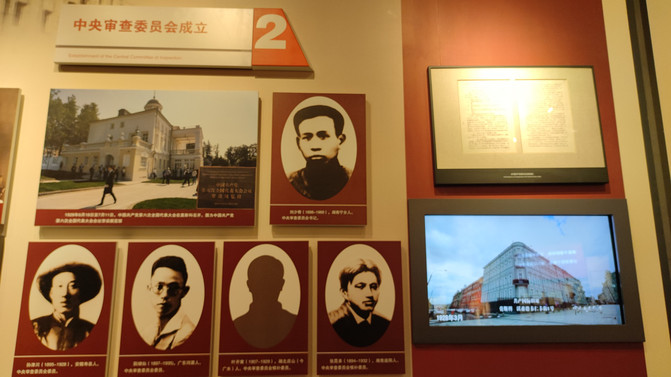
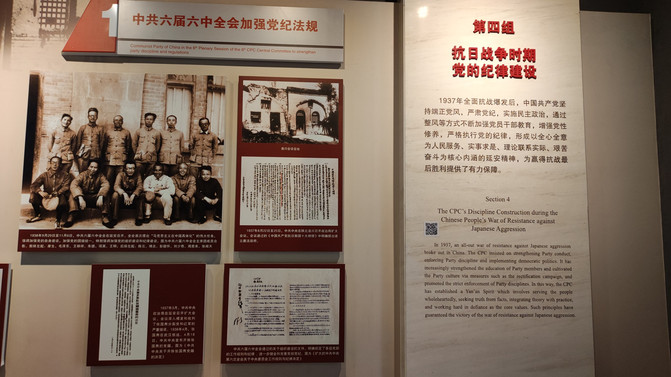



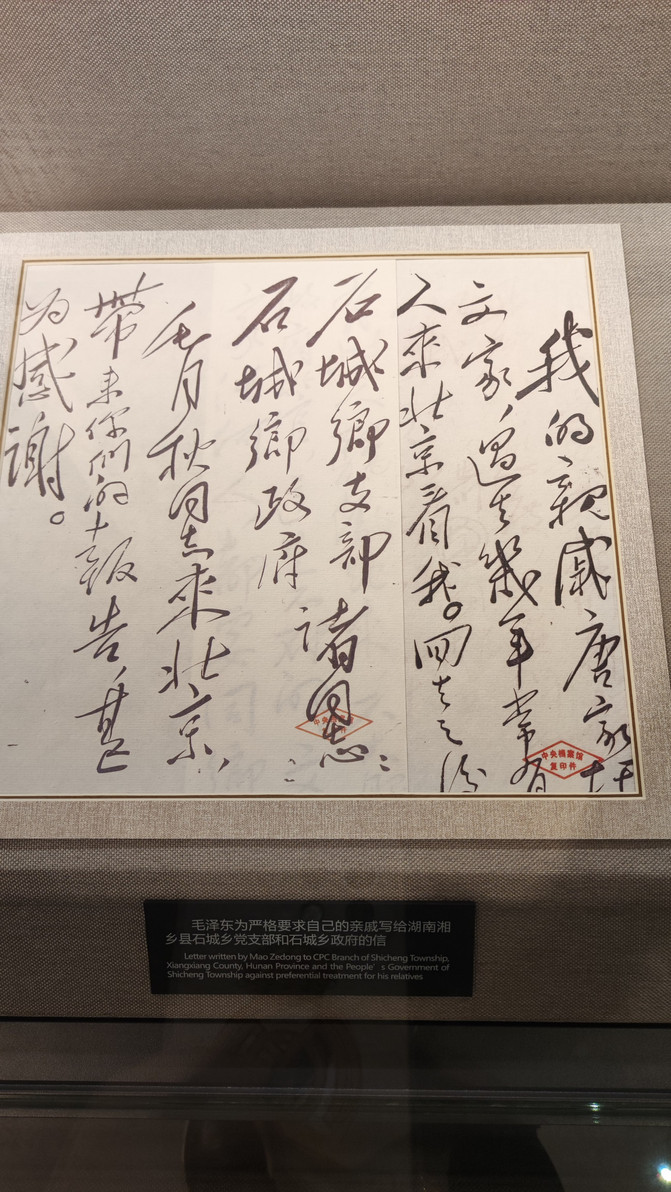


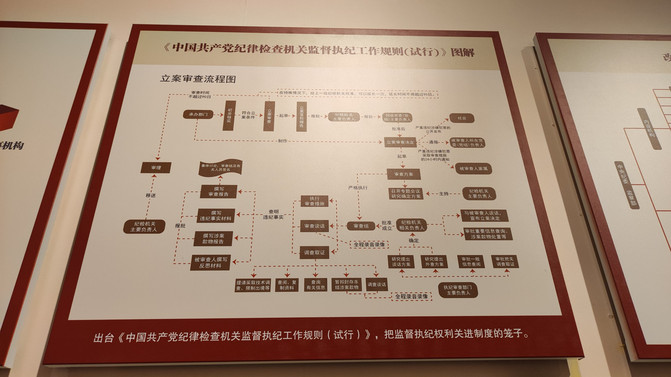


When we came out of the exhibition hall, we took a bus to the Memorial Hall of the Former Site of the Central Committee of the Communist Party of China. You can use the map for the specific route. This is the only memorial hall named after the Central Committee of the Communist Party of China.





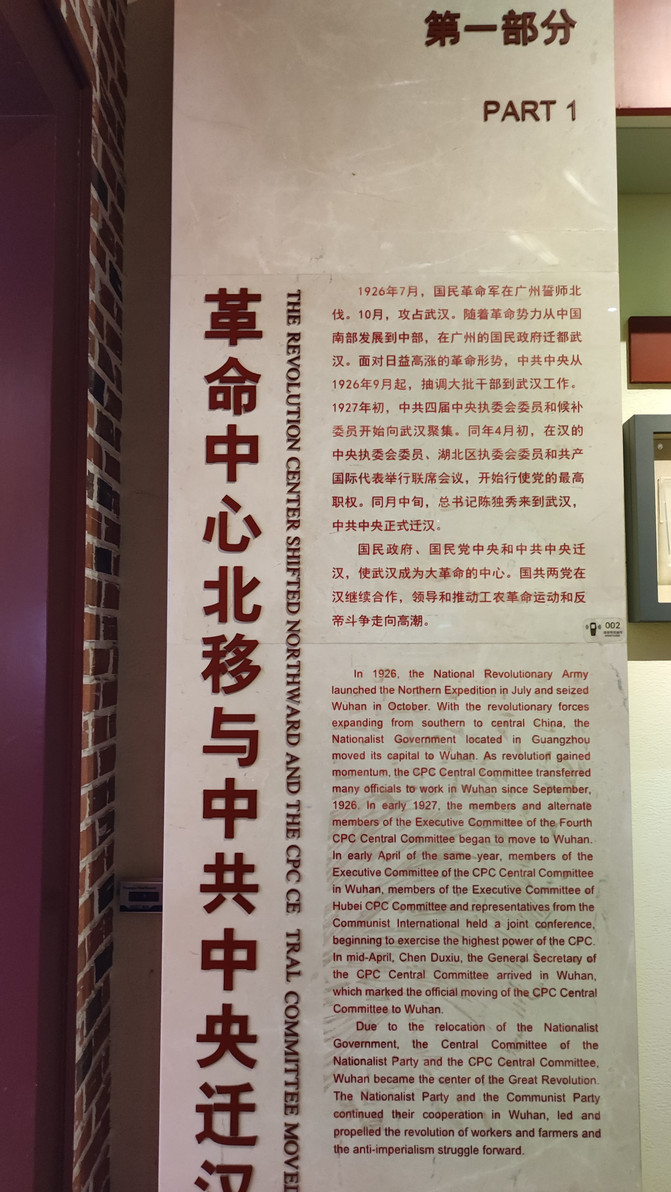







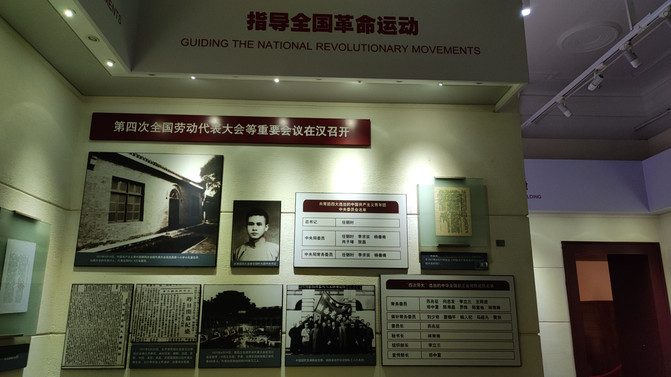

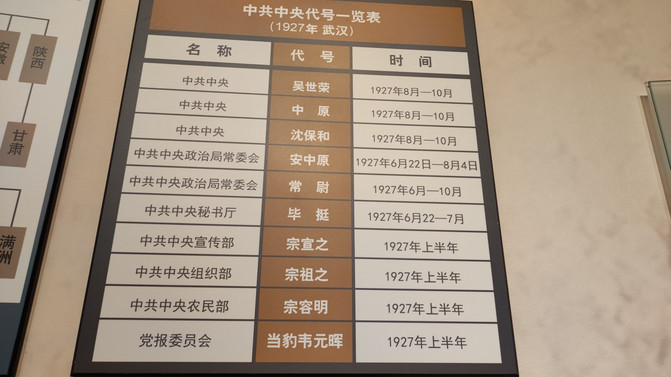







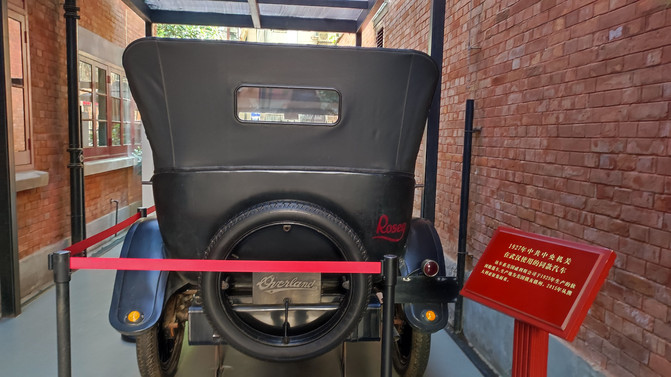
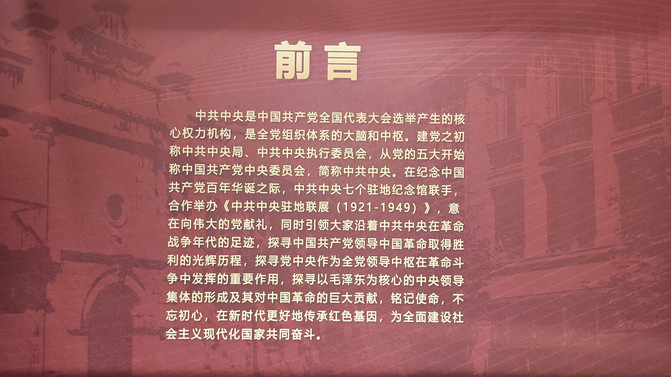
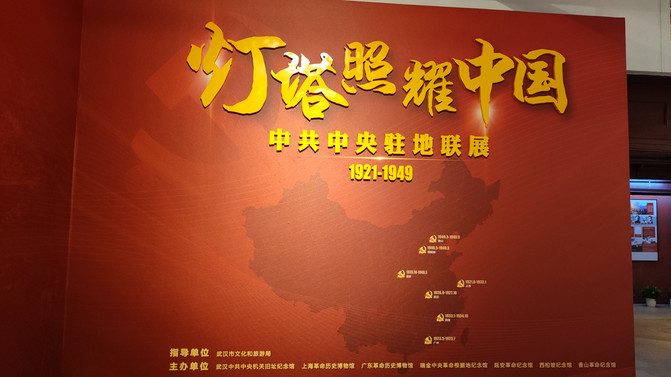







After the visit, it was lunch time and we went to a Cai Linji restaurant not far away. This was the only meal with Wuhan characteristics we had in Wuhan for four days. We ordered beef flour and three fresh bean skins. The flour was just like that. Maybe all cities in the south eat flour, and every place has local characteristics, so I don't think it's so delicious. The three fresh bean skins feel like a steamed wheat changed into a coat, steamed glutinous rice wrapped in mushrooms and diced pork, and then wrapped in a leather bag with eggs, fried in a pot, and served. I have to say that many glutinous rice lovers think it tastes good, but dare not eat too much.
After lunch, go to the Crossing the Yangtze River Museum located on the edge of the Yangtze River. This museum mainly introduces materials on Chairman Mao's Crossing the Yangtze River and the International Crossing the Yangtze River Festival. There are many pictures and few objects. There is a viewing platform on the fifth floor that can overlook the Yangtze River.
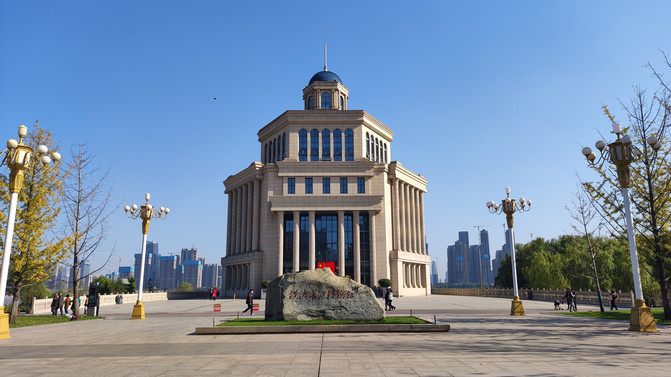







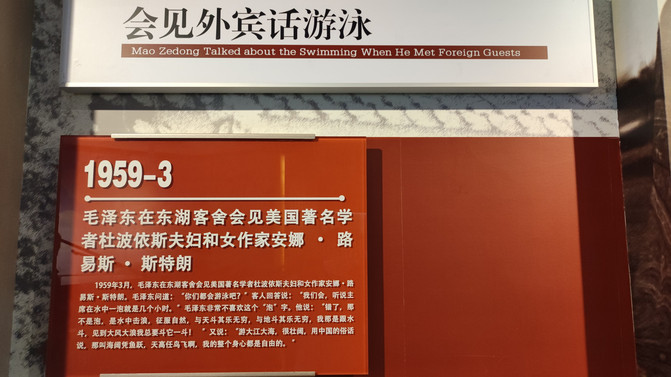










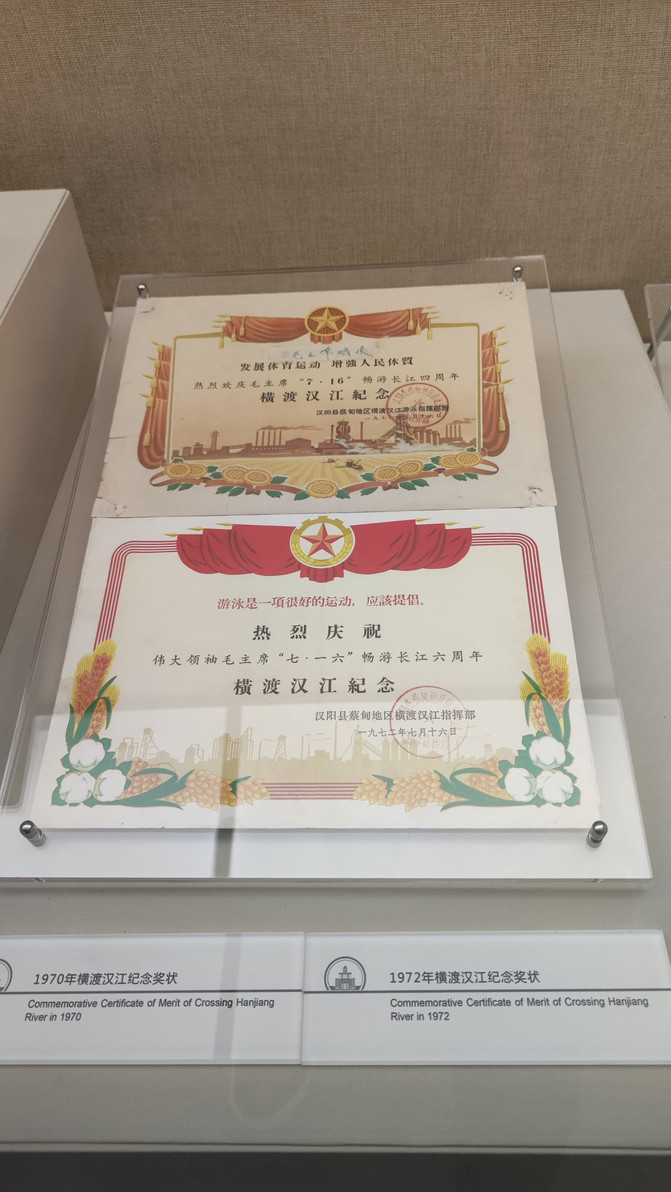

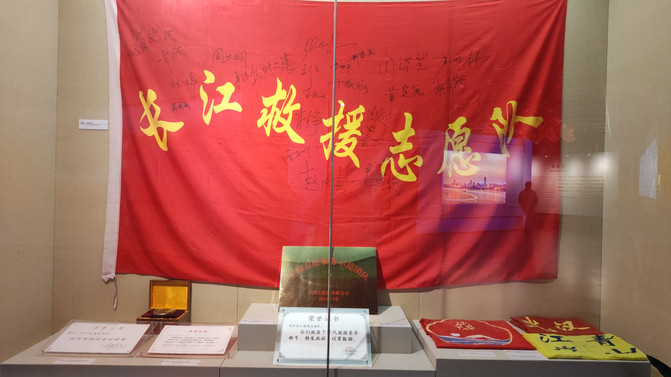
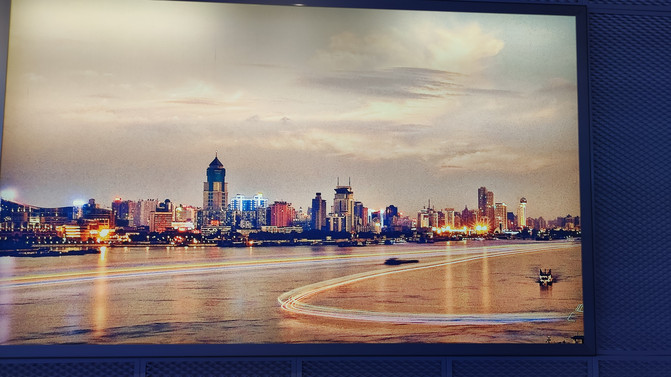


The original plan also had a site where the Beijing-Han railway workers went on strike. It was too late to give up and take a bus to Hankou Station. I used to pass through Wuhan Station and Wuchang Station when I came to Wuhan. This time, I specially chose Hankou Station to take a look at this century-old station.



After more than 2 hours, I arrived at Nanjing South Railway Station at 7 p.m. and took the subway to the hotel. This time, the hotel for 4 nights in Nanjing was booked at Haiyou Liangpin Confucius Temple Store next to the Confucius Temple Scenic Area. It was convenient to visit the pedestrian street when I came back.
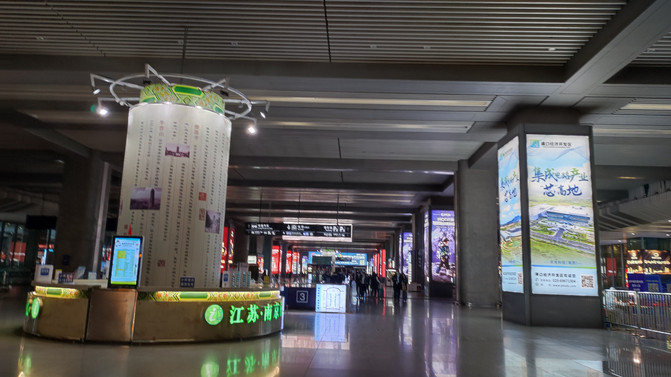
After resting in the room for a while, we went downstairs to stroll around the Confucius Temple Scenic Area and took some photos.


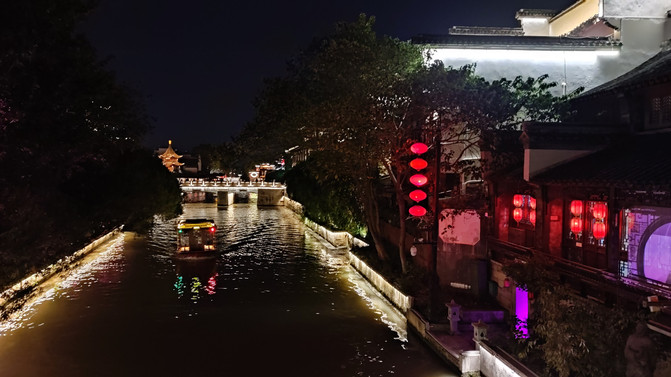

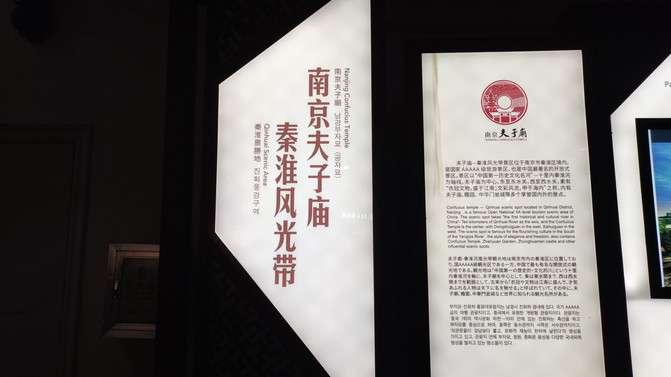






















Day5: November 11, Presidential Palace, Six Dynasties Museum, Yunjin Museum, Yuhuatai, Laomen East
A presidential palace is half of China's history. Although this statement is a bit exaggerated, as a symbol of Nanjing, you still have to check in, book tickets online in advance (adults 35), and swipe your ID card directly to enter. However, some buildings were being repaired and re-displayed, so there was no need to visit them.

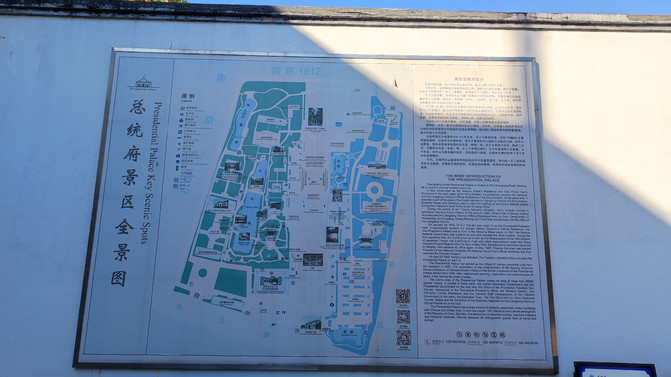


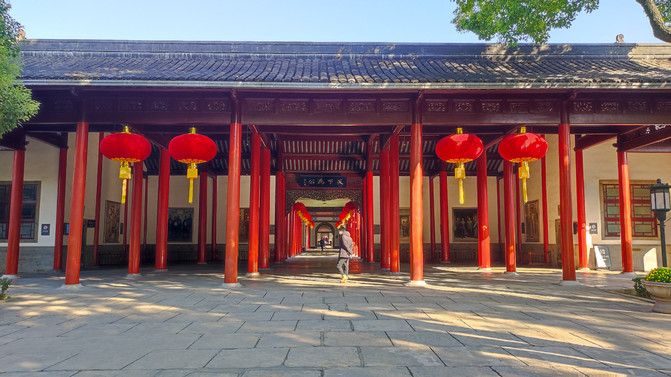


















After you come out, you will go to the Six Dynasties Museum across the road (entrance: 30), a ruins museum that introduces the Six Dynasties (Eastern Wu, Eastern Jin, Southern Song, Qi, Liang and Chen). The design is very fashionable and suitable for taking photos.

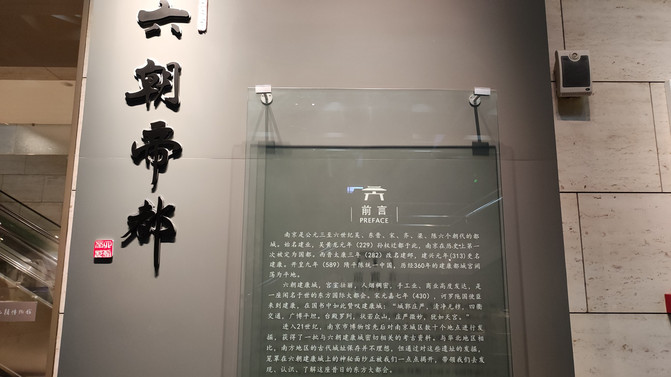
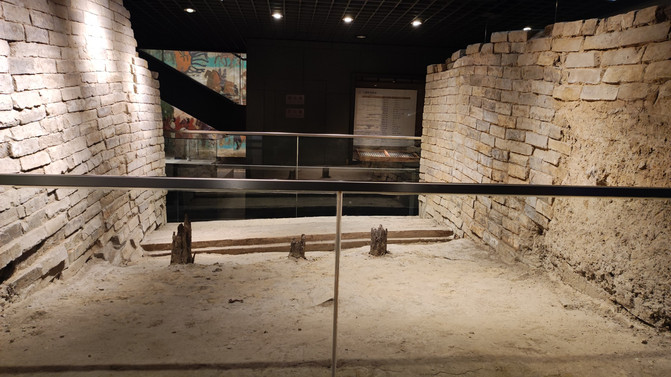








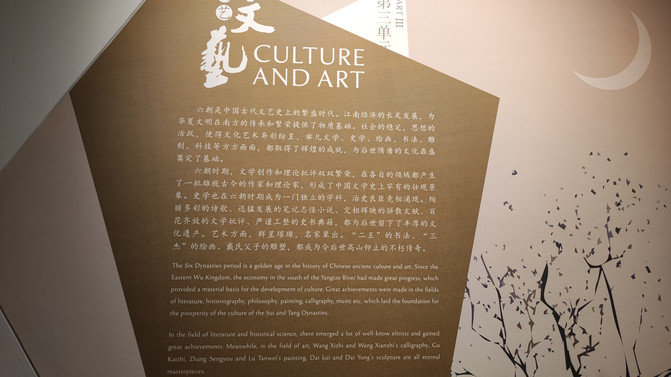








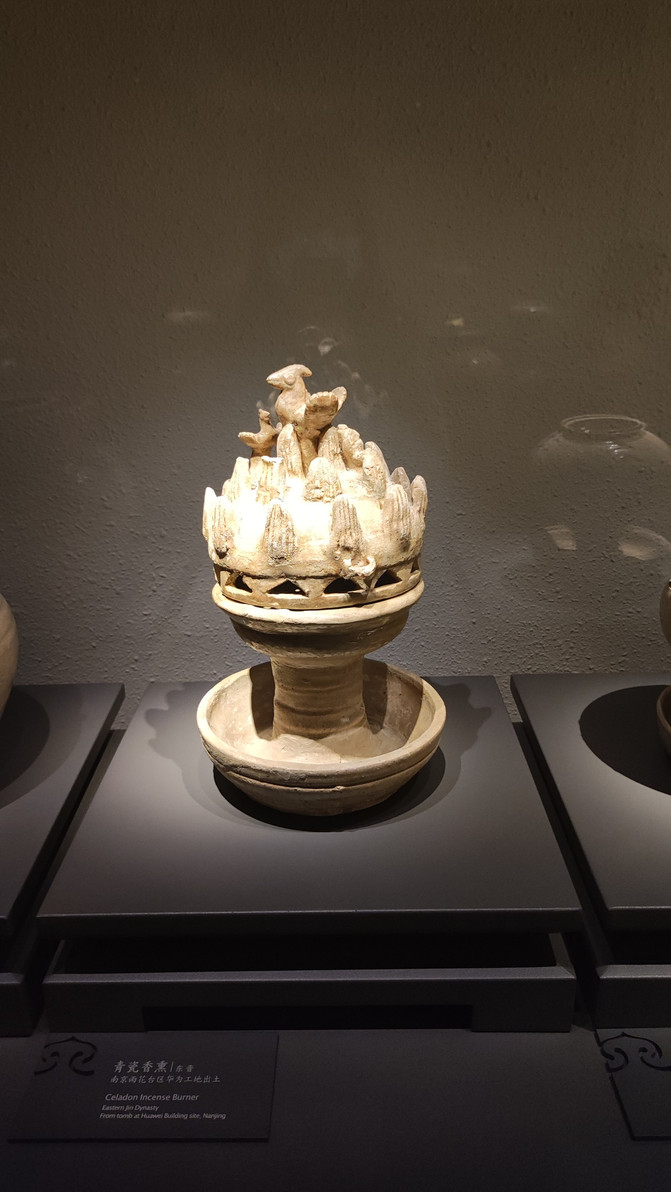








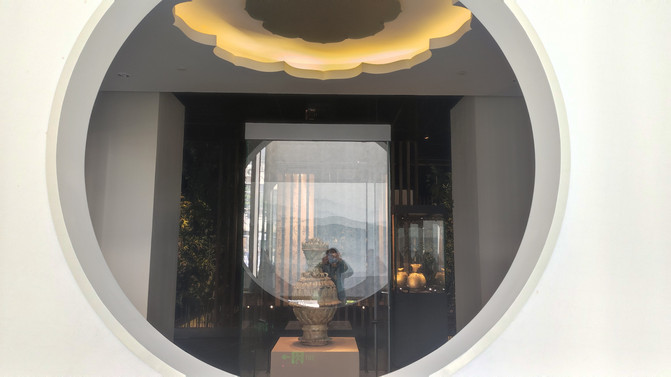










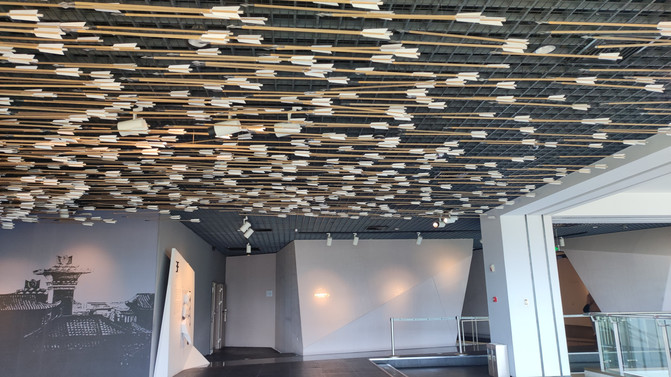

Then take the bus to Nanjing Yunjin Museum. It feels more like a display shop. The first floor is full of modern-made Yunjin for sale, and the second floor displays Yunjin and a small number of Yunjin from the Qing Dynasty. It can be visited in half an hour.




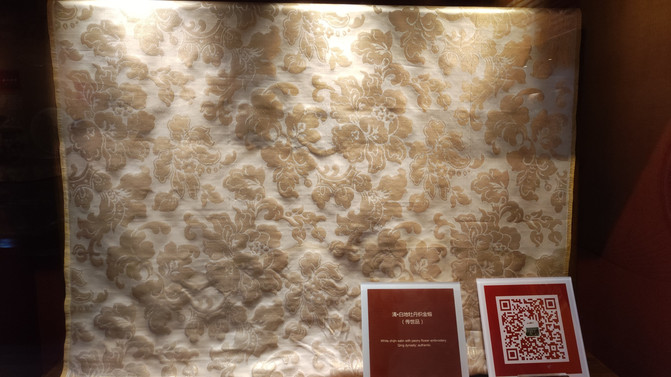

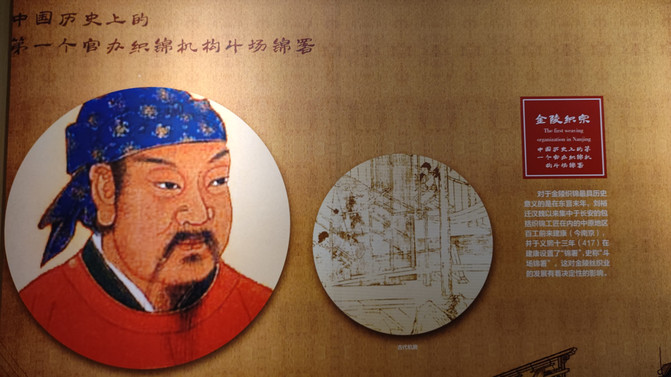
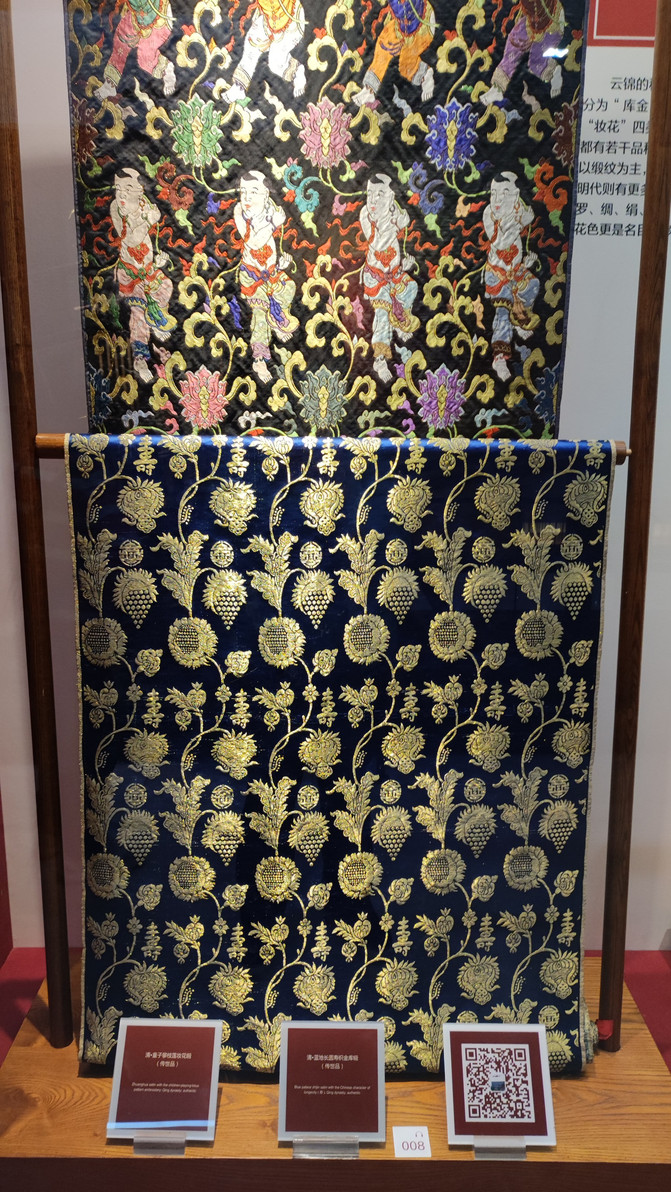



After coming out, I went to eat Hefei brand fast food chain Laoxiang Chicken, which tasted good. After dinner, take the bus to Yuhuatai.
We entered from the south gate, slowly upwards from the right, past the Qianlong Imperial Monument, Gaozuo Temple, Erquan Mountain, Martyrs embossed, and entered the Martyrs Memorial Hall
Visit, then go down past the embossed of the Internationale and the National Anthem, and return to the South Gate and exit.



















It got dark early in Nanjing. It was a little after 5 o'clock when we came out from Yuhuatai. It was already completely dark. We took the bus to Laomen East, um, a relatively literary historical district. We also bought the recommended Xiaozheng shortcake and Plum Blossom cake here. Because the sesame cakes are already cold, they feel sweet and salty and delicious. After walking around, I took some photos and went back to rest.











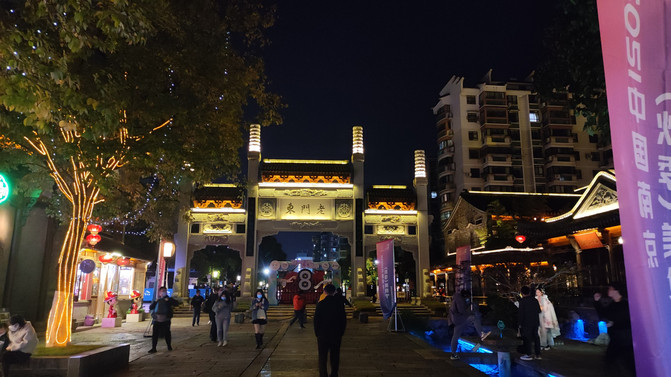


Day6: November 12, Nanjing Museum, Drum Tower Park, Yuejiang Tower
Nanjing Museum needs to make an appointment in advance, and the health code and itinerary code are checked, so you can prepare it in advance. Because I came to Nanbo last time, I only visited the Special Exhibition Hall and the Republic of China Pavilion this time. I bought some refrigerator stickers and bookmarks at the museum to give to friends.
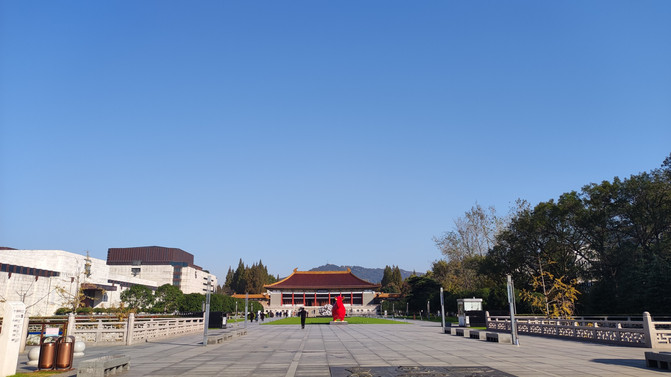

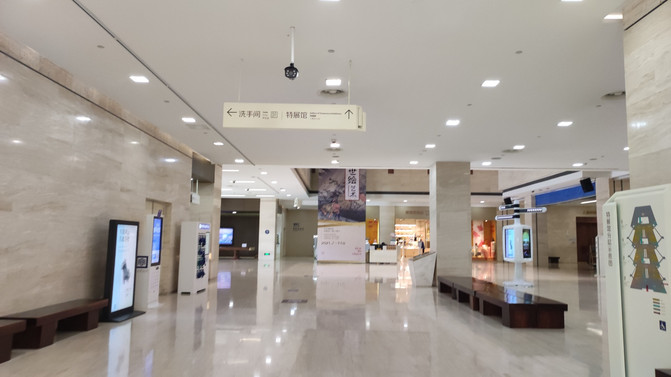
















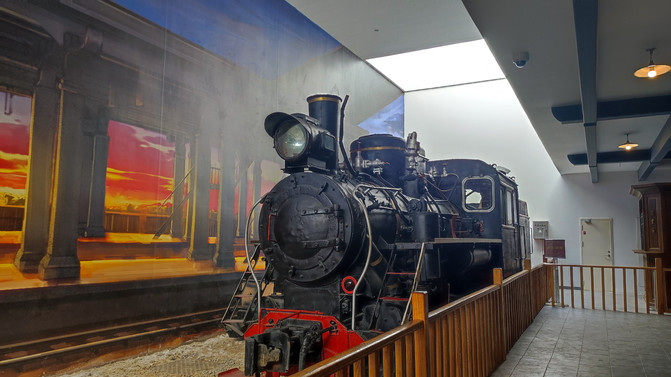






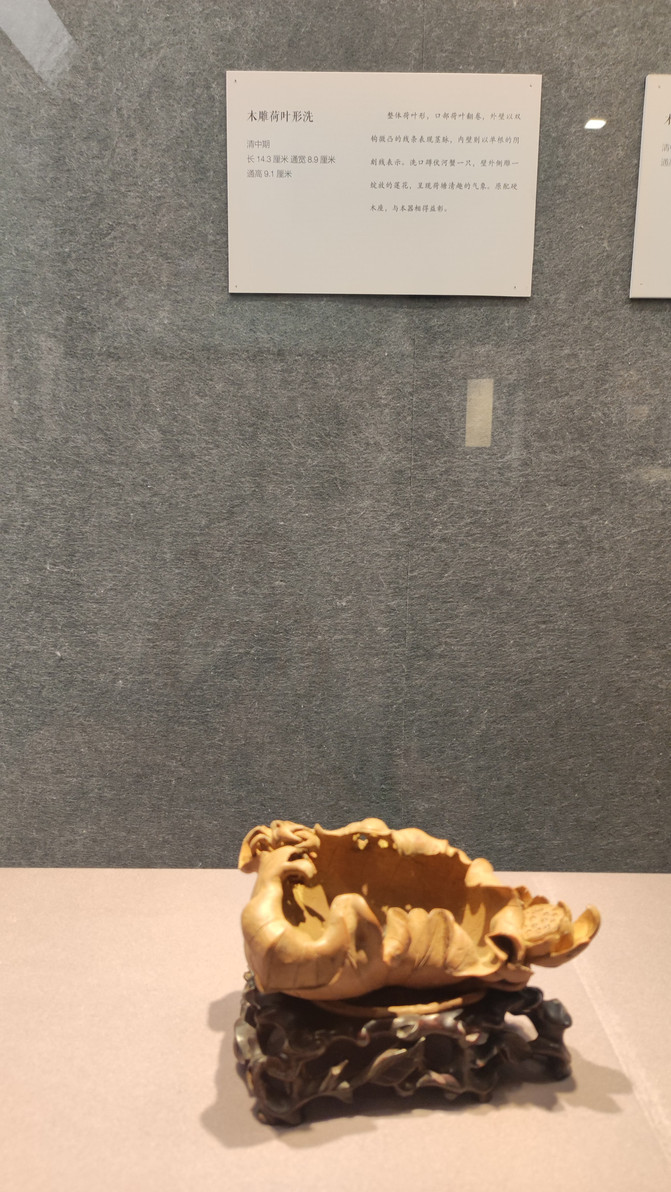

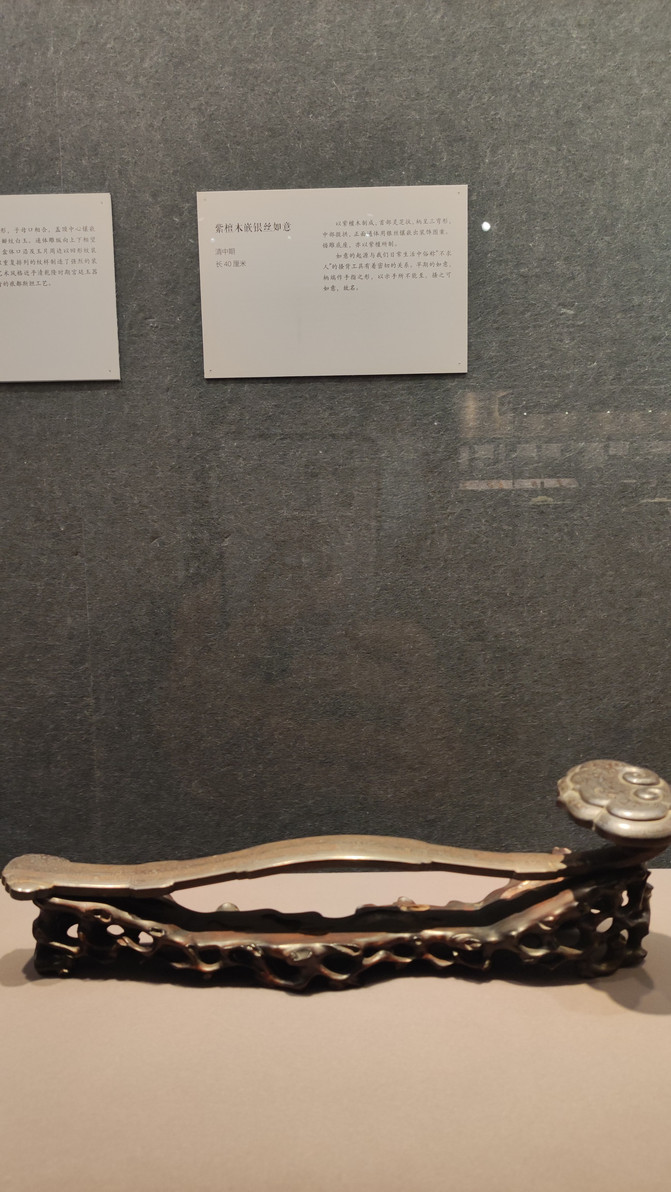










When the museum comes out, the bus goes to Gulou Park. The park consists of the Nanjing Drum Tower built in the Ming Dynasty as the main body, supplemented by greening rockery, etc., to form a citizen park. The Drum Tower contains drums from the Ming Dynasty. Zifeng Building, the tallest in Nanjing, can be seen in the park.

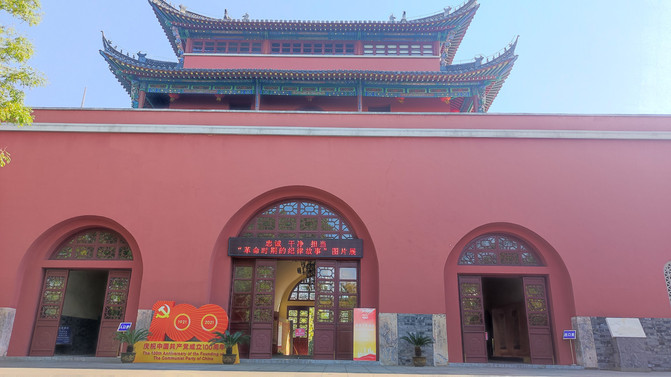







After coming out of Gulou Park, we went to the food street underground of Master Zifeng to eat pickled cabbage fish, and then took a bus to Yuejiang Tower (ticket: 20). Due to map deviations and unclear instructions from Yuejiang Tower, we took a few rounds before finding the entrance.
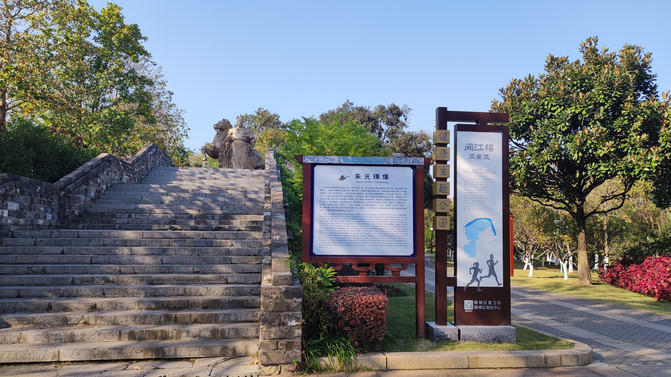










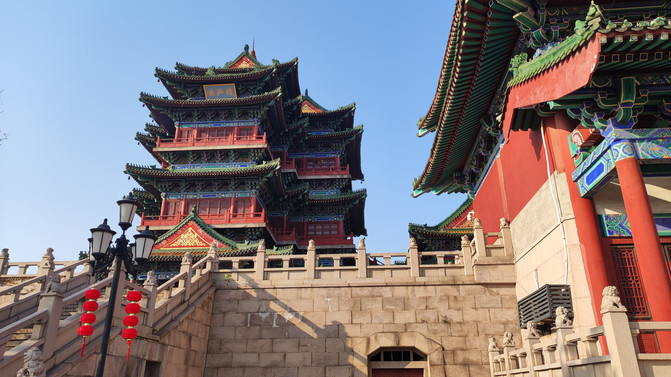

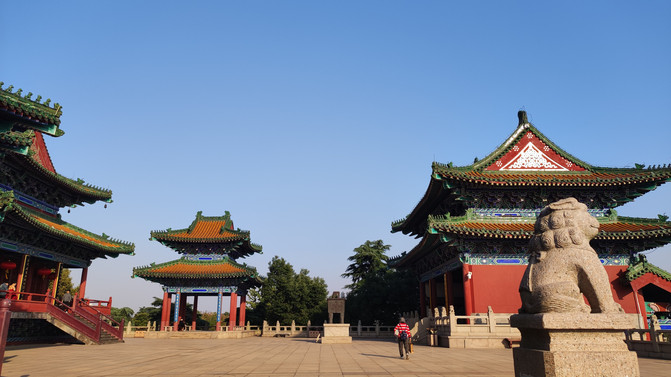























Yuejiang Tower is one of the four famous buildings in Jiangnan. However, due to epidemic prevention and control reasons, the indoor Tianfei Palace and Jinghai Temple are not open. We waited for the building, walked around outside the scenic area, and then exited from the east gate. Take the bus back to the hotel.
Day7: November 13, Sun Yat-sen Mausoleum, Jiming Temple, Xuanwu Lake, China Imperial Examination Museum, Jiangnan Gongyuan
Sun Yat-sen Mausoleum is also a landmark attraction in Nanjing. I have been to many imperial tombs, and the modern tomb should be the first. By bus to Linggu Scenic Area, you can walk more than 1 kilometer to the entrance of Sun Yat-sen Mausoleum by following the signs. It is free and requires advance reservations and selection of the entry time. After entering, there are 392 steps. Because photos are not allowed in the mausoleum, you can visit it quickly.






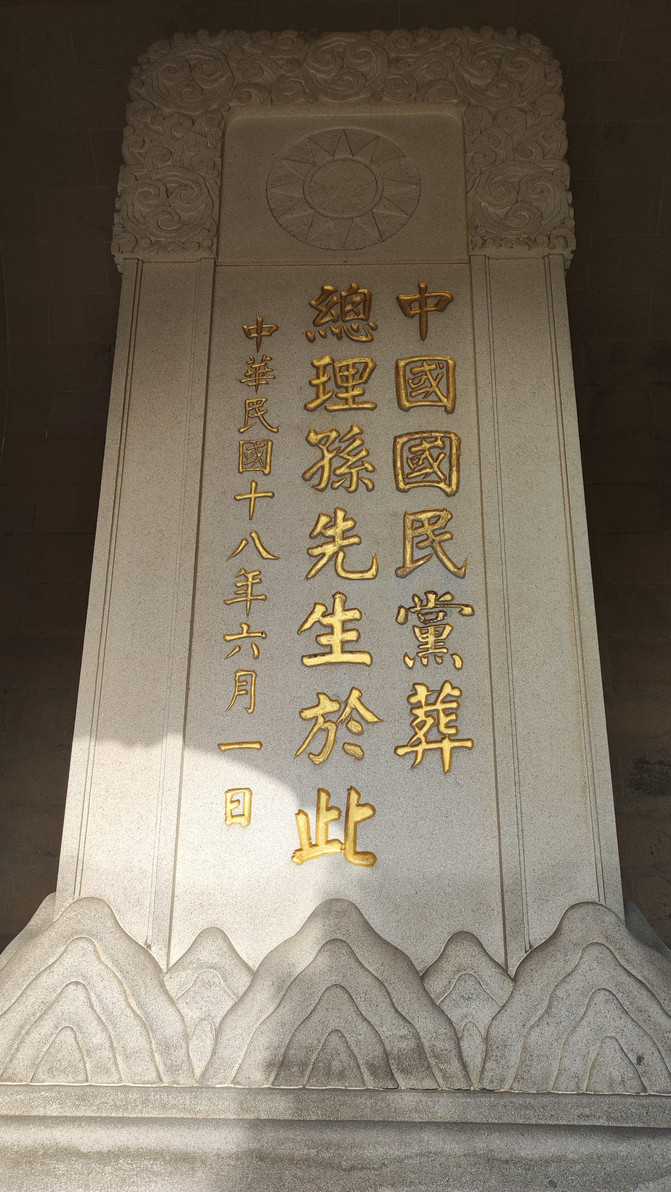



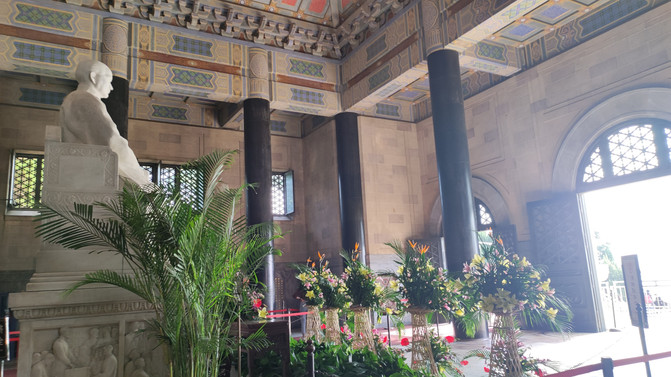
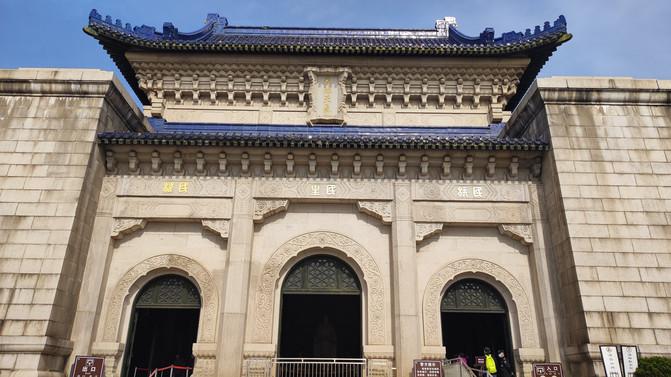


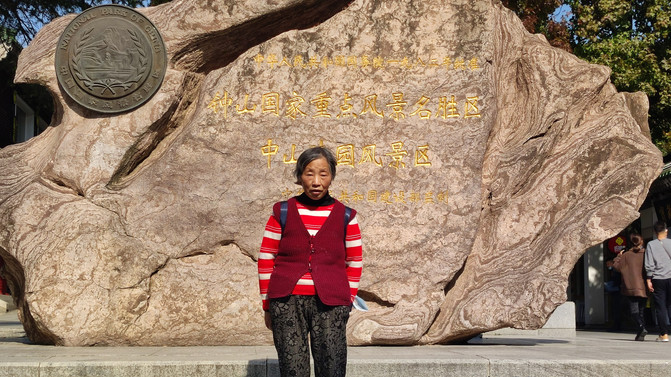

Then I took the bus to Jiming Temple (ticket 10). It is said that the cherry blossom season in March and April is very beautiful. Unfortunately, I couldn't go at that time. I also said that I was very accurate in seeking a marriage, so I didn't even ask for a male ticket for myself.











In and out of Jiming Temple in one way, make an appointment in advance to swipe the yard and enter the park. Visit the terrain all the way up. After the exit, you will find the Nanjing City Wall and Xuanwu Lake.
We went for a stroll in Xuanwu Lake. The last time I came here, it was full of snow, but this time it was crisp and crisp.





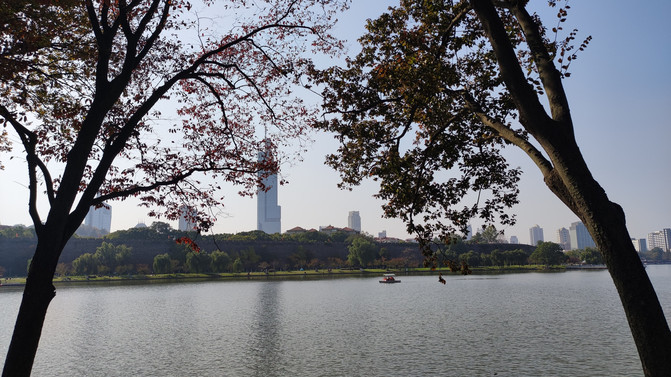





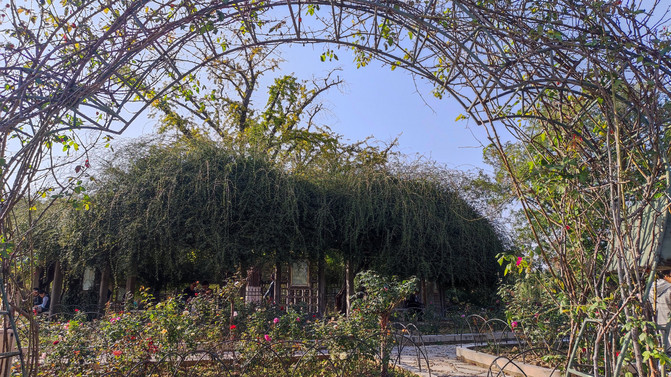

The last stop in Nanjing is also the last stop of this tour. We went to the Chinese Imperial Examination Museum (50 tickets include Jiangnan Gongyuan) and we can purchase tickets directly on site.
What is different from other museums is that most museums have a basement floor at most, and the rest are above ground. This one is on the fourth underground floor, and you need to go down to the negative fourth floor to start visiting. The main content is to introduce the history of China's 1300-year imperial examinations. On display are examination equipment, examination papers, emperor's imperial approval, etc.









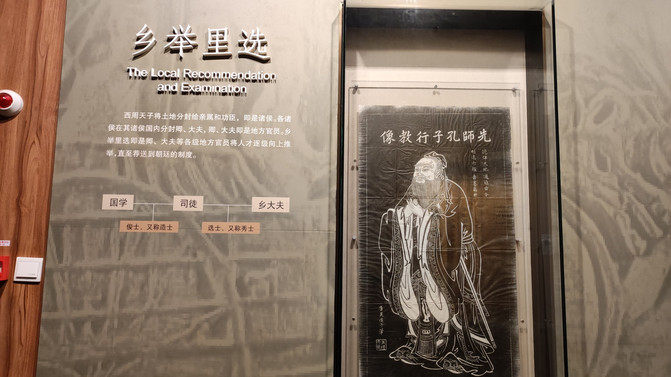







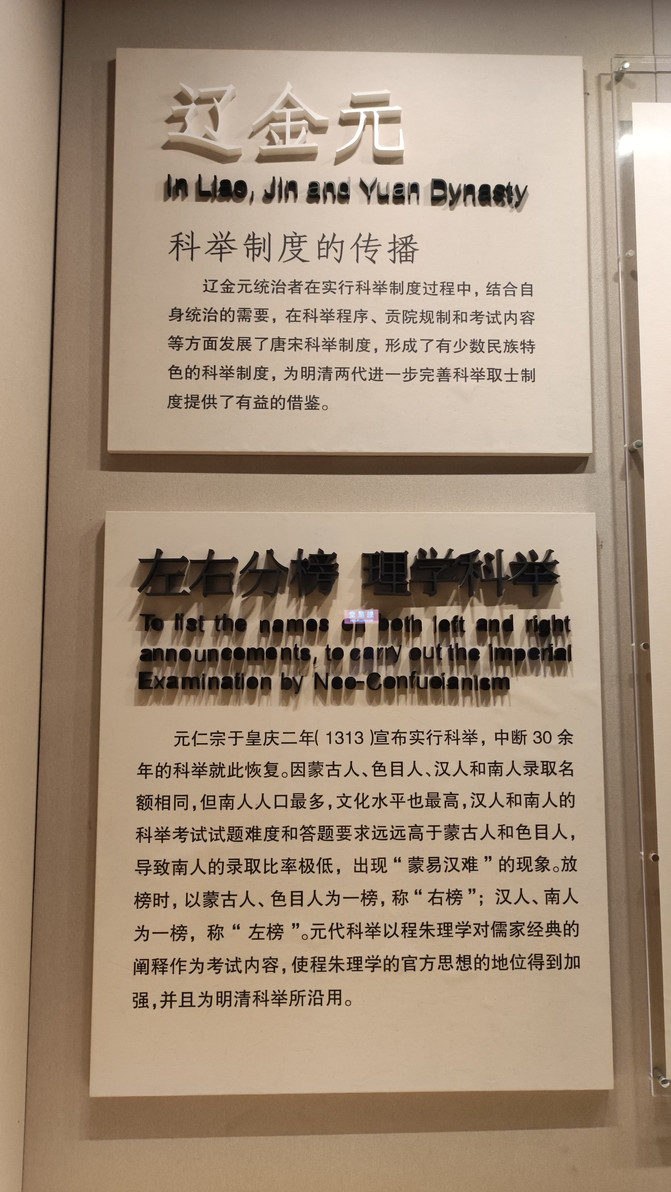










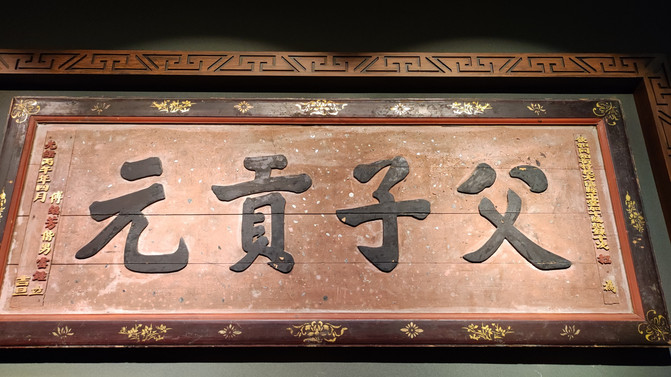









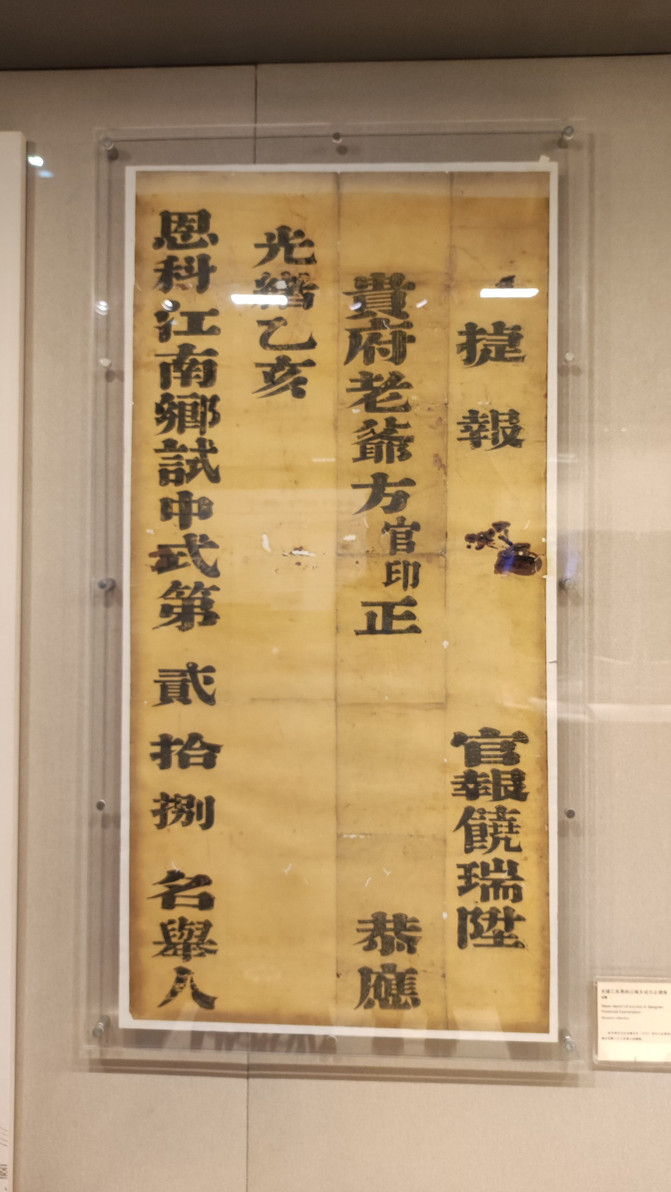



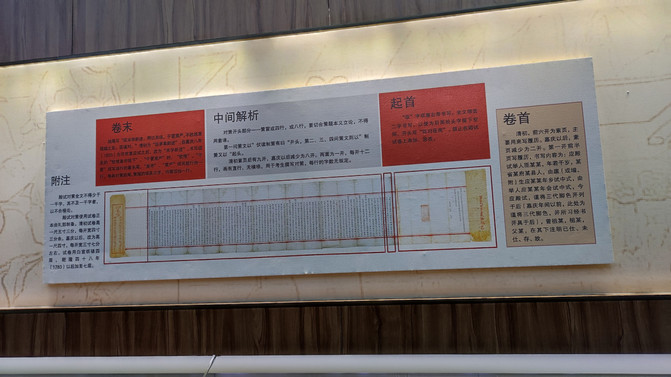





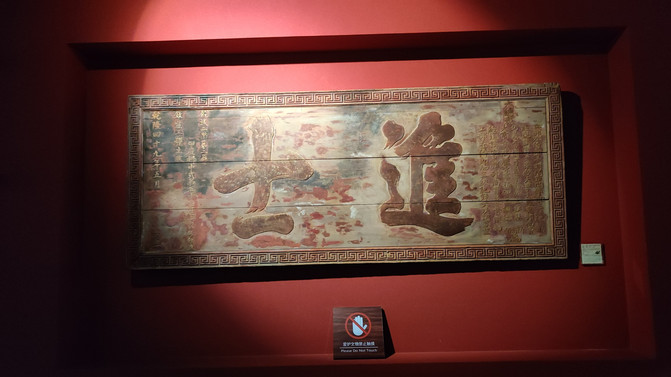

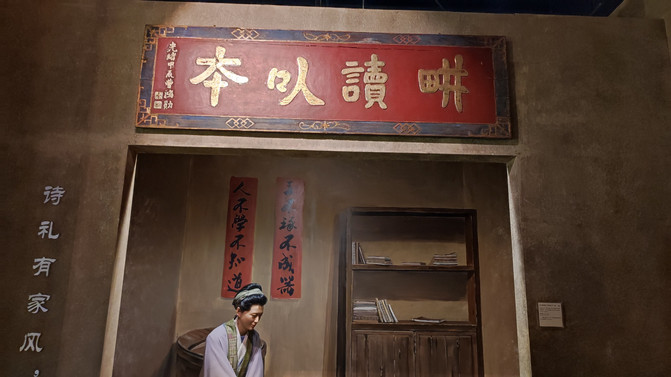











When you come out of the museum, go to Jiangnan Gongyuan opposite. Jiangnan Gongyuan was once the largest Gongyuan in Jiangnan, also known as the examination room. It was mainly used to visit buildings and have intimate contact with the Qinhuai River on the promenade.





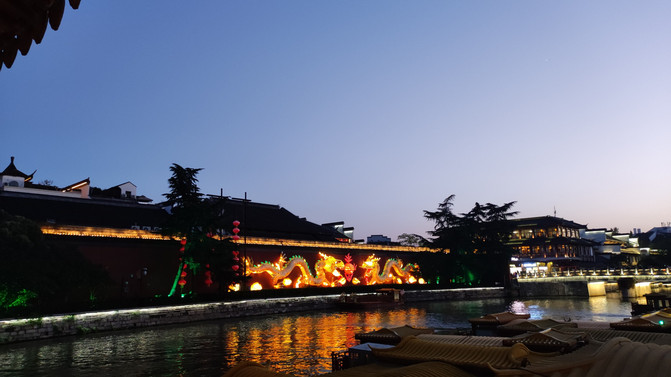



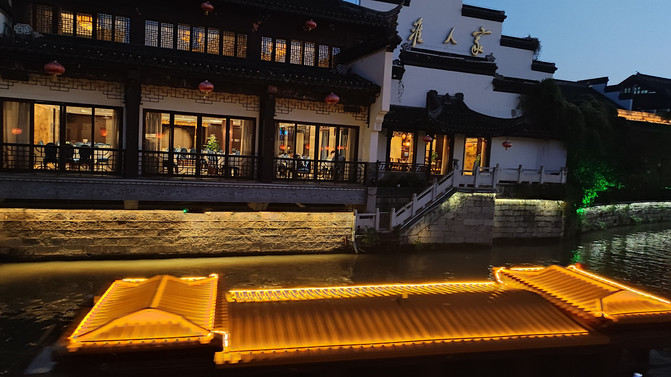



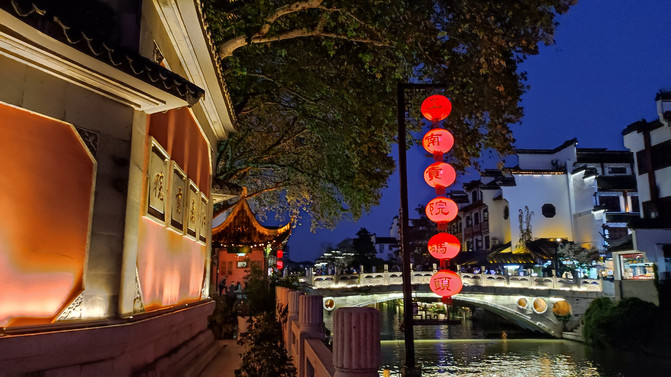









For my last meal in Nanjing, I had to have Nanjing specialties. I ordered takeout from Nanjing's famous brands, including osmanthus sugar taro seedlings, fermented yuanxiao, salted duck, spicy duck blood, etc. I like to eat light food, so I think they are all good. The price is not expensive, which is quite good.

Day8: November 14, plane home
The ticket was booked for China Southern Airlines at 13:35, so I slept in. I got up at around 9:00 to pack my luggage and check out. The subway went to Nanjing Lukou Airport. The subway networks in Nanjing and Wuhan were quite developed. Because we had no luggage, we quickly finished the security check and entered the terminal. At this time, I started to eat curry beef buns and osmanthus cakes from the Nanjing brand Shanyuan. They were quite delicious. I even bought them online after I came back.








The plane arrived in Guiyang on time. The airport bus only left at 5:40. It was around 7:00 when I got home, but everything went smoothly on the way.
Postscript: After I came back, I was too lazy to write travel notes and was still planning my destination in December. Unexpectedly, the rebound of the epidemic made the requirement not to leave the city issued early. I was not allowed to leave the city during the Spring Festival. I don't know when it will be for the next trip and I don't know where it will be. I hope the epidemic will pass quickly and free flow will become a reality.
Finally, list the expenses for reference by those who need them. A total of more than 4300.
Anshun to Wuhan high-speed railway: 522.5 per person, Hankou to Nanjing high-speed railway 200 per person, Nanjing to Guiyang aircraft (including aircraft fuel) 385 per person, Guiyang to Anshun Airport bus 65 per person. The bus and subway are 160, and the ticket is 210. I didn't calculate carefully for meals. They are all fast food snacks, only more than 600, and 95 souvenirs.
Previous Article:The new look and old look of Tangshan--Mine Park with mountains as the curtain
Next Article:Live in the world's 101st Ritz-Carlton and overlook Jinling City from a tall building
